Tracking Key Factors for Controlled Breathing Interventions
Prana guides users through structured breathing exercises with real-time feedback and tracks breath-to-breath compliance, providing researchers with precise data on how closely participants follow a prescribed breathing protocol. In addition to tracking respiratory patterns, Prana also monitors diaphragm engagement and posture, offering complementary insights into breathing behavior.
-
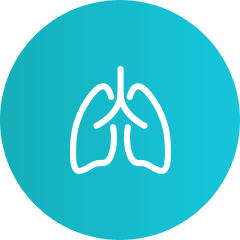
Respiratory Patterns
-
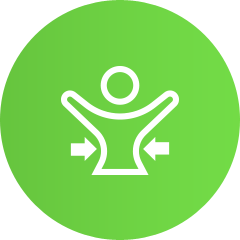
Diaphragm Engagement
-

Posture
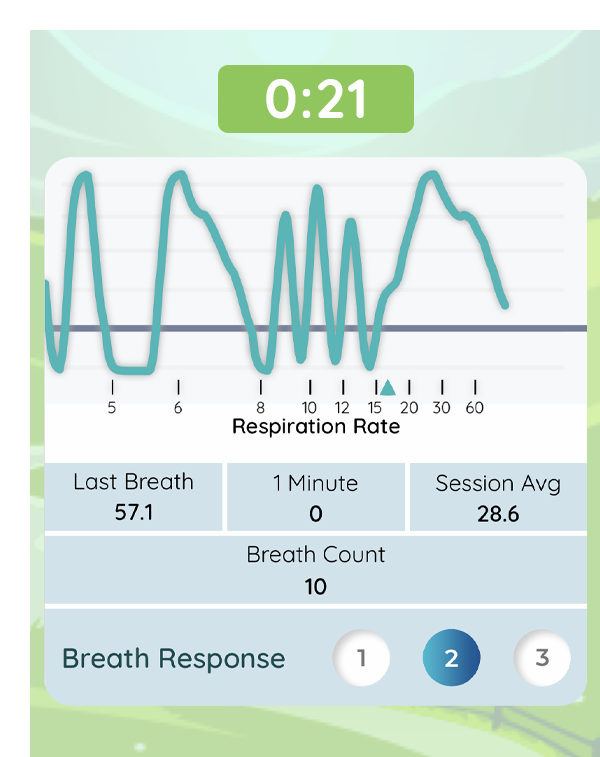
Respiratory Patterns
![]() Respiratory patterns encompass more than just respiration rate. They include key temporal and kinematic parameters such as inspiratory duration, expiratory duration, breath hold duration (retention), exhalation-to-inhalation (E/I) ratio, and overall breath consistency. These factors are essential in research examining how breathing interventions influence autonomic regulation, physiological markers such as heart rate variability (HRV), and therapeutic outcomes.
Respiratory patterns encompass more than just respiration rate. They include key temporal and kinematic parameters such as inspiratory duration, expiratory duration, breath hold duration (retention), exhalation-to-inhalation (E/I) ratio, and overall breath consistency. These factors are essential in research examining how breathing interventions influence autonomic regulation, physiological markers such as heart rate variability (HRV), and therapeutic outcomes.
Prana provides researchers with real-time breath-to-breath tracking, enabling precise analysis of respiratory patterns and participant compliance with structured breathing protocols. Studies have demonstrated that specific breathing rhythms can modulate stress response, immune function, and cardiovascular regulation.

Diaphragm Engagement
![]() The diaphragm plays a central role in respiration, with its movement influencing breath efficiency and mechanics. Differences in diaphragm engagement can reflect variations in breathing patterns relevant to clinical and physiological research.
The diaphragm plays a central role in respiration, with its movement influencing breath efficiency and mechanics. Differences in diaphragm engagement can reflect variations in breathing patterns relevant to clinical and physiological research.
Prana measures diaphragm engagement by tracking abdominal wall movement, offering researchers objective data on respiratory mechanics. This supports studies examining breathing interventions and their effects on autonomic function, stress regulation, and respiratory health.
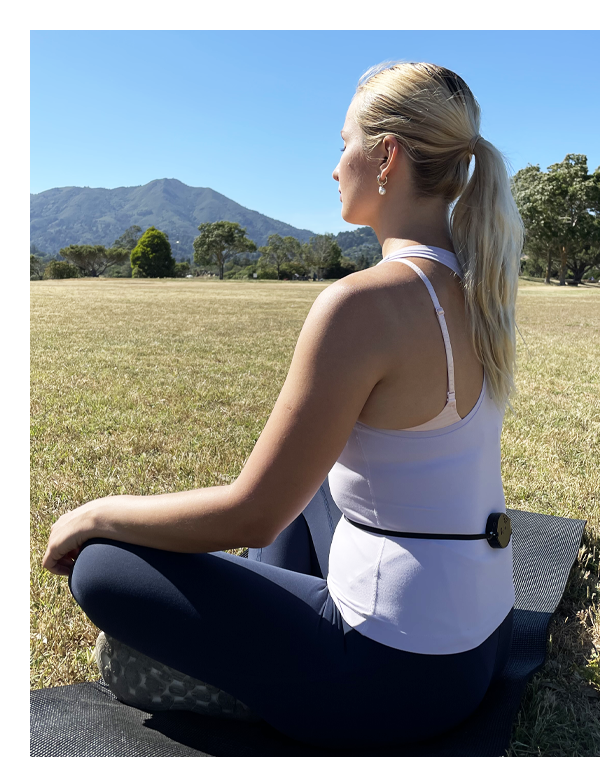
Posture
![]() Posture influences respiratory mechanics by affecting lung expansion and diaphragmatic movement. Poor posture can restrict diaphragm excursion, reducing breathing efficiency, while an upright posture supports optimal respiratory function.
Posture influences respiratory mechanics by affecting lung expansion and diaphragmatic movement. Poor posture can restrict diaphragm excursion, reducing breathing efficiency, while an upright posture supports optimal respiratory function.
Prana tracks posture to help researchers assess its role in controlled breathing interventions. This data allows for standardization in studies where posture may impact breathing outcomes, providing insights into posture-corrected breathing tracking.
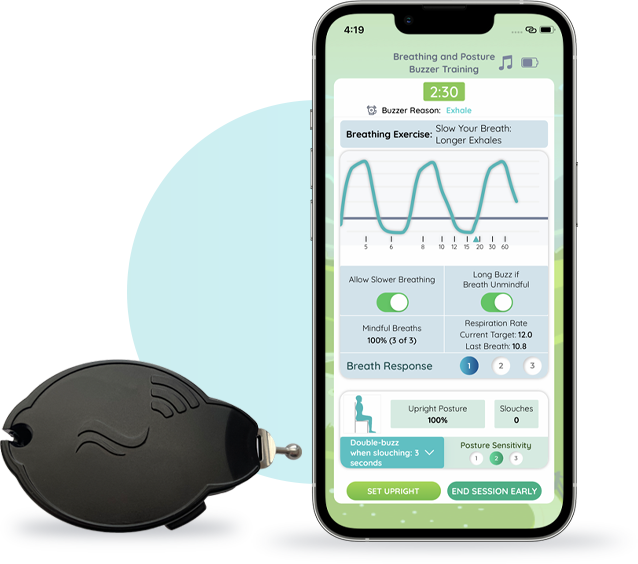
Prana: A Research-Ready Tool for Structured Breathing Studies
![]() Prana supports clinical and scientific research by providing:
Prana supports clinical and scientific research by providing:
- Real-time sensor-driven biofeedback for guided breathing interventions
- Breath-to-breath tracking for compliance monitoring
- Customizable research tools to adapt breathing exercises to study protocols
- Diaphragm engagement and posture tracking for deeper insights into breathing behavior
📌 Currently Supporting a Research Study at Harvard – Prana is actively being used in ongoing clinical research, demonstrating its value as a tool for standardizing and verifying breathing interventions.

